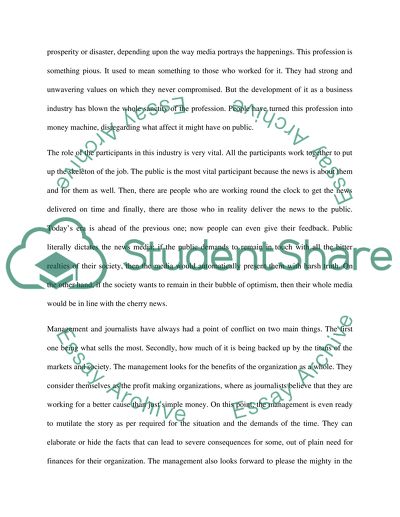Cite this document
(“Business and its Impact on Society Essay Example | Topics and Well Written Essays - 3000 words”, n.d.)
Retrieved from https://studentshare.org/environmental-studies/1412828-business-and-its-impact-on-society
Retrieved from https://studentshare.org/environmental-studies/1412828-business-and-its-impact-on-society
(Business and Its Impact on Society Essay Example | Topics and Well Written Essays - 3000 Words)
https://studentshare.org/environmental-studies/1412828-business-and-its-impact-on-society.
https://studentshare.org/environmental-studies/1412828-business-and-its-impact-on-society.
“Business and Its Impact on Society Essay Example | Topics and Well Written Essays - 3000 Words”, n.d. https://studentshare.org/environmental-studies/1412828-business-and-its-impact-on-society.


